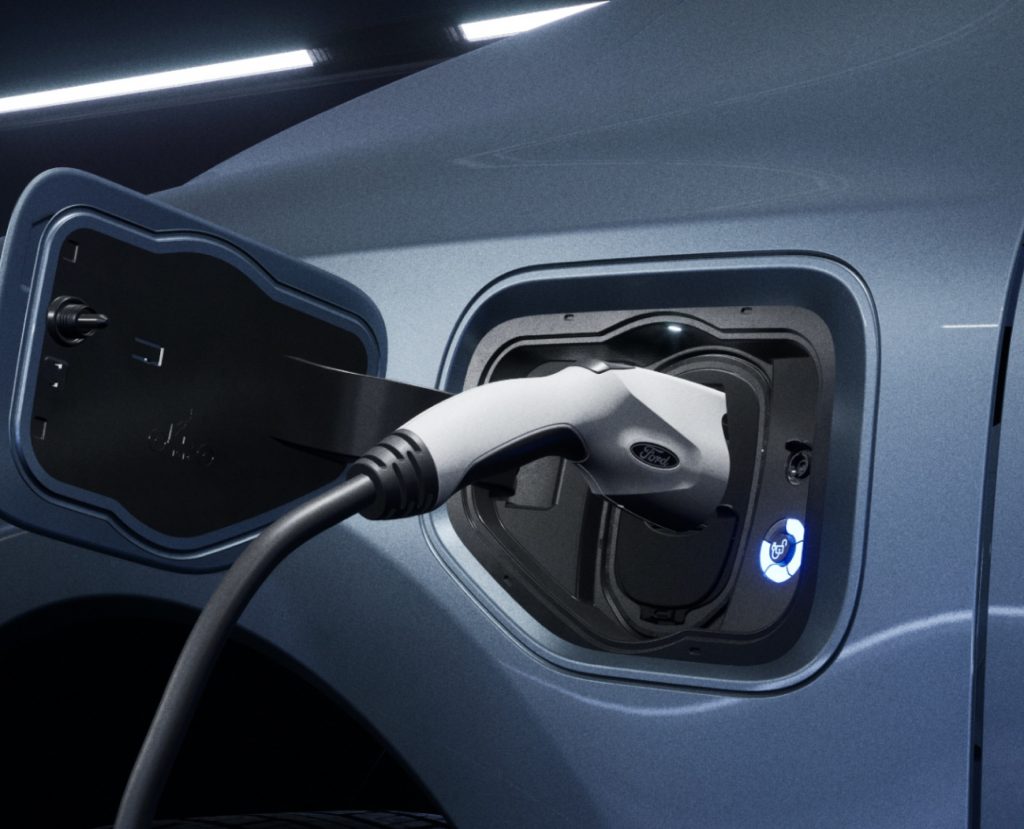Cooling Systems for Battery Charging Stations
Contacte-nos hoje para obter a solução perfeita de controlo da temperatura
With the development of the automobile industry, the market share of new energy vehicles continues to rise. These new energy vehicles include pure electric vehicles, hybrid vehicles, etc. For the use of these vehicles, charging is a very important link. As charging proceeds, both the battery and the charging device will generate a lot of heat. This requires an effective solution to provide cooling systems for new energy vehicle battery charging stations.
Em primeiro lugar, vamos analisar o calor gerado pela bateria e pelo equipamento de carregamento durante o carregamento. Durante o carregamento, existe uma certa resistência no interior da bateria, e uma pequena quantidade de calor é gerada através destas resistências durante o carregamento. Além disso, as reacções químicas no interior da bateria também geram calor. Durante o processo de carregamento, a bateria sofre reacções internas de carga e descarga, resultando na geração de calor. O equipamento de carregamento também gera calor devido a alterações na corrente e na tensão. Por vezes, até o equipamento de carregamento fica danificado devido à elevada temperatura de carregamento.

Next, let’s take a look at the cooling solutions for new energy vehicle battery charging stations, which are divided into the following two types:
1. Air cooling solution
O ar é utilizado para arrefecer as baterias dos veículos de energia nova e as estações de carregamento. As vantagens desta solução incluem o baixo custo, a facilidade de instalação e manutenção, etc. Além disso, o arrefecimento a ar é amigo do ambiente, uma vez que não requer a utilização de qualquer líquido de arrefecimento. No entanto, o desempenho do arrefecimento a ar é inferior ao do arrefecimento a líquido e não é possível atingir a elevada eficiência do arrefecimento a líquido.
2. Liquid cooling solution
In this solution, liquid is used to cool new energy vehicle battery charging stations. Liquid cooling solutions typically use coolants such as water and glycol mixtures. Liquid cooling systems can provide higher cooling efficiency because liquid cooling has a greater heat capacity than air cooling. Additionally, the liquid cooling system can be adjusted as needed for optimal cooling. However, the disadvantages of liquid cooling solutions are that they are more expensive and require more complex installation and maintenance.
In addition to the above two solutions, there is also a hybrid solution. For this scheme, air cooling and liquid cooling are usually combined. In this hybrid solution, the heat in the battery and charging equipment that is cooled by air cooling is often sent to the liquid cooling system for further cooling.
For different new energy vehicle charging systems, we can use different cooling solutions. For example, a system that uses water cooling mode can better reduce the temperature of the battery, thus extending its service life. At the same time, it will also provide better protection for high-speed charging and long-term driving of new energy vehicles.
All in all, cooling solutions for new energy vehicle battery charging stations are very important, as they can extend the service life of batteries and charging equipment, improve charging efficiency, and avoid damage caused by overheating. In the future, with the continuous advancement and innovation of technology, we believe that more and more efficient charging and cooling technologies will be applied to the field of new energy vehicles.
Correio eletrónico: info@lneya.com ID WeChat: +8615251628237 WhatsApp: +86 17851209193
 LNEYA
LNEYA
 简体中文
简体中文


















































































